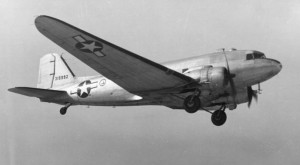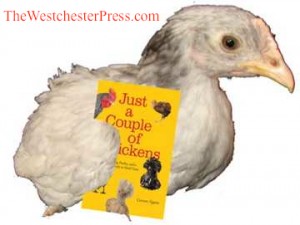
The butterfly (representing a free ISBN from a self publishing company) is not the focus of the effort… it is the leaf supporting the butterfly (which represents your own self publishing company). Own your own ISBN, so it doesn’t matter where your butter flies.
The ISBN, the International Standard Book Number, is of particular concern to a publisher… and is generally confusing for an author.
But it is THE definition of a Do It Your Self publisher.
Owning the ISBN is the difference between being a self publisher who is a publisher and being an author who has engaged self publishing services. My self publishing advice is that you should own your ISBN and get a business license for your self publishing company. It’s worth the effort, which isn’t a huge effort, and worth the cost, which is a large-ish up front cost for the pack of 10 numbers, but comes out to about $30 per book.
The ISBN is a 13 digit number used to identify both the book and the publisher. Many self publishing service providers offer to assign one for free to your book project, and that will mean that their publishing company will come up under the listing for your book title until you re-publish with another number or another company. With all the marketing effort I put into my books, I prefer to own my own ISBN and therefore have the number follow my title no matter where or how I print it and offer it for sale.
The ISBN is not the same as the barcode. You can buy the barcode when you buy the ISBN, but you don’t have to. There are ways to make the barcode later, and if you don’t ever produce a short print run outside of the print-on-demand service, you won’t ever need it. When I publish through CreateSpace, I provide my own ISBN, and they use it to generate my barcode automatically.
ISBNs used to be 10 digit numbers, but then the earth’s population exploded with book-reading mammals and ISBNs needed to expand to 13 digits. There’s a converter for the 10 digit numbers to get them to conform to modern standards… you don’t just assign zeros to one end.
ISBNs are unique to a particular edition of a book. You can correct typos without using a new ISBN, but you can’t change content. An ebook, even if it is identical to the print book, will have a different ISBN.
By using my own ISBN number, I can do a print run outside of CreateSpace and keep the same ISBN number (and I also have to keep the same trim size and page count). If I accept the free number from CreateSpace… or any of the other companies that offer it, then I am not supposed to use that number as I produce the book in any other way. I retain all my options by using my own number.
The ISBNs are available online from only one company. While I can buy one, I prefer to buy the pack of 10 because I know I will use them, and they will be mine… all mine…. Bwahahahaha!






